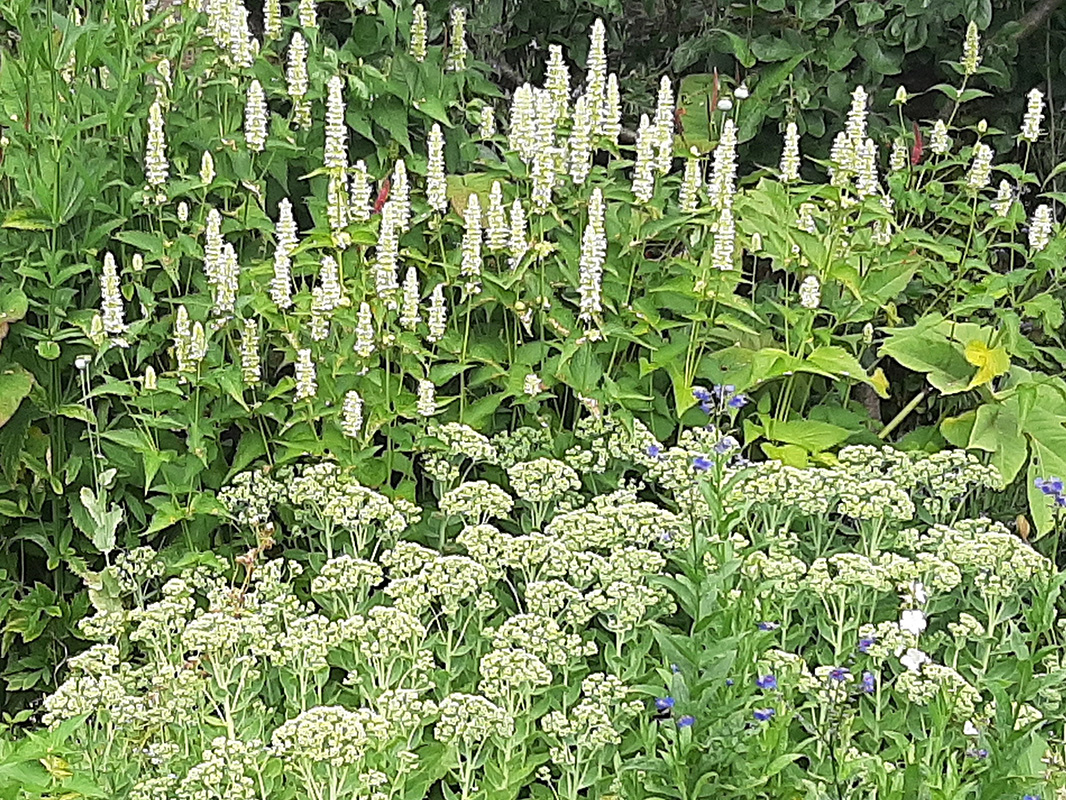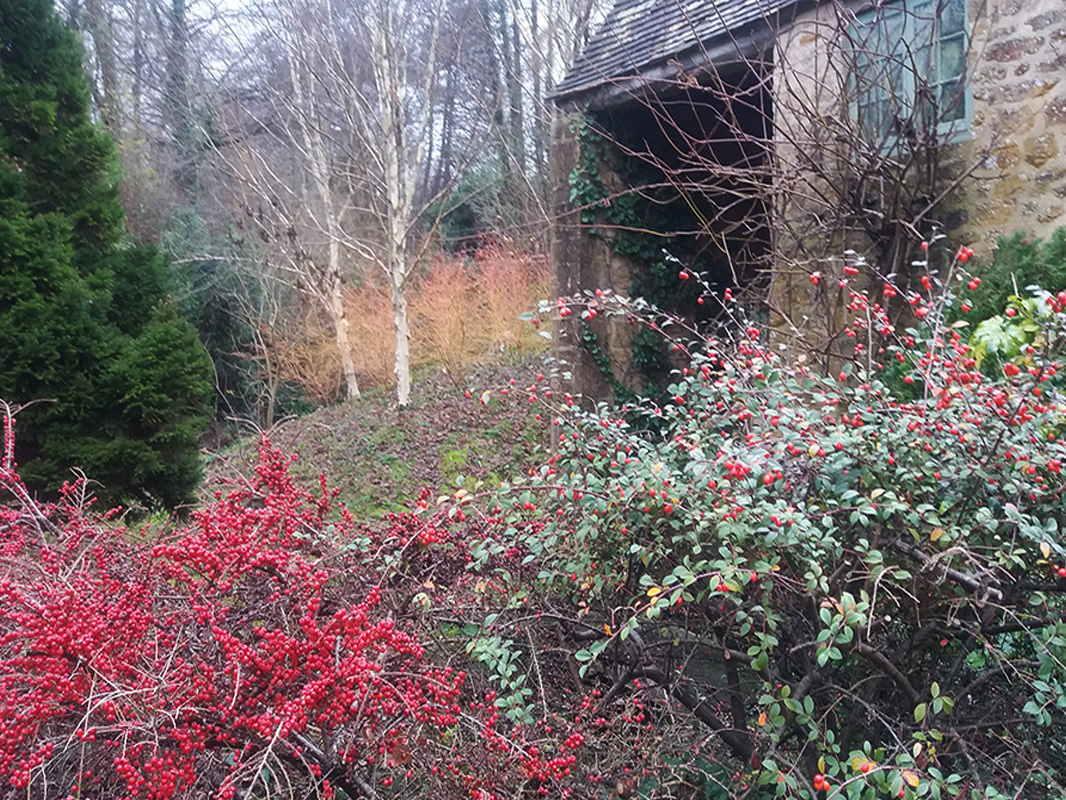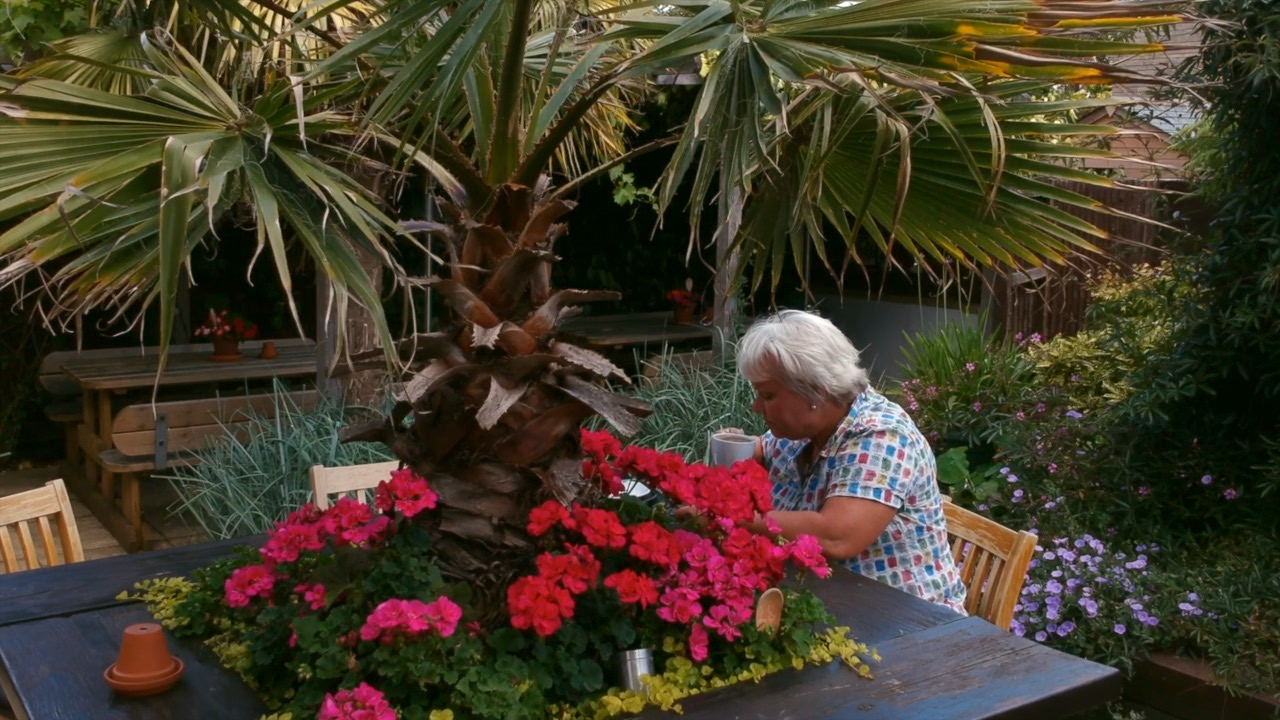How much for one snowdrop?
It is the third day of 2018; something stirs in the plunge beds at Avon Bulbs…Early snowdrops ‘Mrs Macnamara’ and ‘Castlegar’ nod in a mild January breeze, while owner Chris Ireland-Jones frowns at them saying, “We could do with a cold spell to slow them down. We want the snowdrops to be at their best for the RHS Spring Show in London on 12th February.”
30 years ago, Chris sold only a few varieties of snowdrops as one of many kinds of bulbs he offered, but now snowdrops account for over 25% of Avon Bulbs’ sales. The current passion for acquiring new snowdrops varieties by fanatics, known affectionately as ‘galanthophiles’, shows no sign of waning.
Galanthophiles enthuse about the slightest difference in the tilt and length of a petal, or outer segment, and unusual green markings on the inner segments, which can increase the price of a single bulb from a few pounds to hundreds, eagerly fought over by collectors. Take a close look at Big Eyes and Deer Slot to see why they are so named. Do take a very close look – from 3 metres away most snowdrops are apt to look the same, and if they were in season only a few weeks later, we might not notice them amongst the brighter crocuses and daffodils.
Still, snowdrops are the first great floral show of the year, and to see great drifts of them naturalised in woodland wakens my garden spirit after hibernation. If you start off your snowdrop collection with a potful from a garden centre, do plant them straight away in the garden as they loathe soggy peat potting compost and are liable to rot. Avon Bulbs nursery manager Alan Street says they really ought to be called ‘Slowdrops’. They do not like rapid changes of temperature, or to be too dry, too wet, or disturbed.
You may never get the point of indulging in the rare varieties, and if unbitten by the galanthophile bug you will remain the richer for it. However, a little variation improves life so if you were to grow just one named variety, consider ‘S. Arnott.’ Large in all its parts, it is also sweetly scented, and increases well. Chris suggests growing ‘E.A. Bowles,’ a distinctive form with an elongated base to the outer petals, giving the flowers the appearance of a Tiffany lampshade.
If you do not stop there, you are a lost soul, and your partner is going to take a dim view of you squandering the joint account money on more snowdrops. For them, the variety ‘Grumpy’ is an ideal gift. The catalogue notes say it has ‘A memorable name and one that appeals to beginners in the snowdrop journey, perhaps with a disapproving spouse in mind?
For further snowdrop purchases, I advise hiding the invoice, and double-labelling your new treasures. Bury the original label around the base of the plant, having transplanted it into a 1 litre aquatic mesh pot (in case you move house) and plant it out where it will be cool and shaded in summer. Write another label to stick behind the snowdrop to remind you of your folly without alerting others to the cost. Keep a list on file, as cats or blackbirds are likely to dislodge your visible labels.
Snowdrops with golden ovaries or petal markings are highly sought after. It can take 7 years to grow on one bulb to bulk up enough stock to sell. During that time, bulbs are locked away and labelled only with a code number at Avon Bulbs, although the rumours of shotgun patrols and man traps set on the nursery beds to capture thieves may be false.
Chris does not sell new bulbs too early. Rarity will command a ridiculous price, but only one or two bulbs may sell. He waited until he had enough stock to sell over a hundred gold-splashed ‘Midas’ at £100 each, which was lighter on the customer’s pockets but much heavier in his – a sound policy all round.
It is nearly time for the Spring catalogue to be published, with many choices of snowdrops ‘in the green’ from £6 to £120 each. The photographs are now available as a poster named “Glorious Galanthus”. Being easily tempted, I dare not go to the RHS Spring Show to see them all in bloom…



